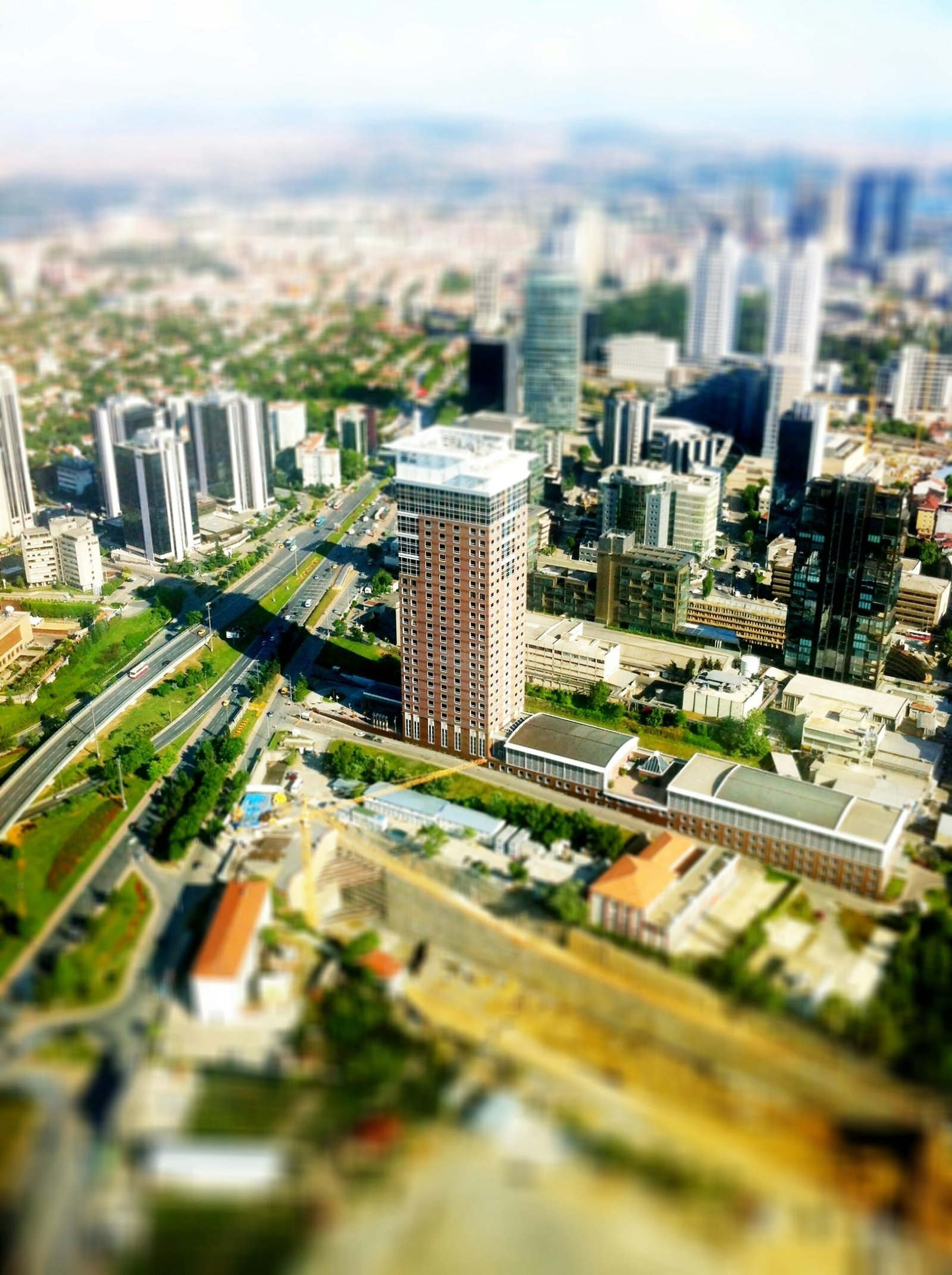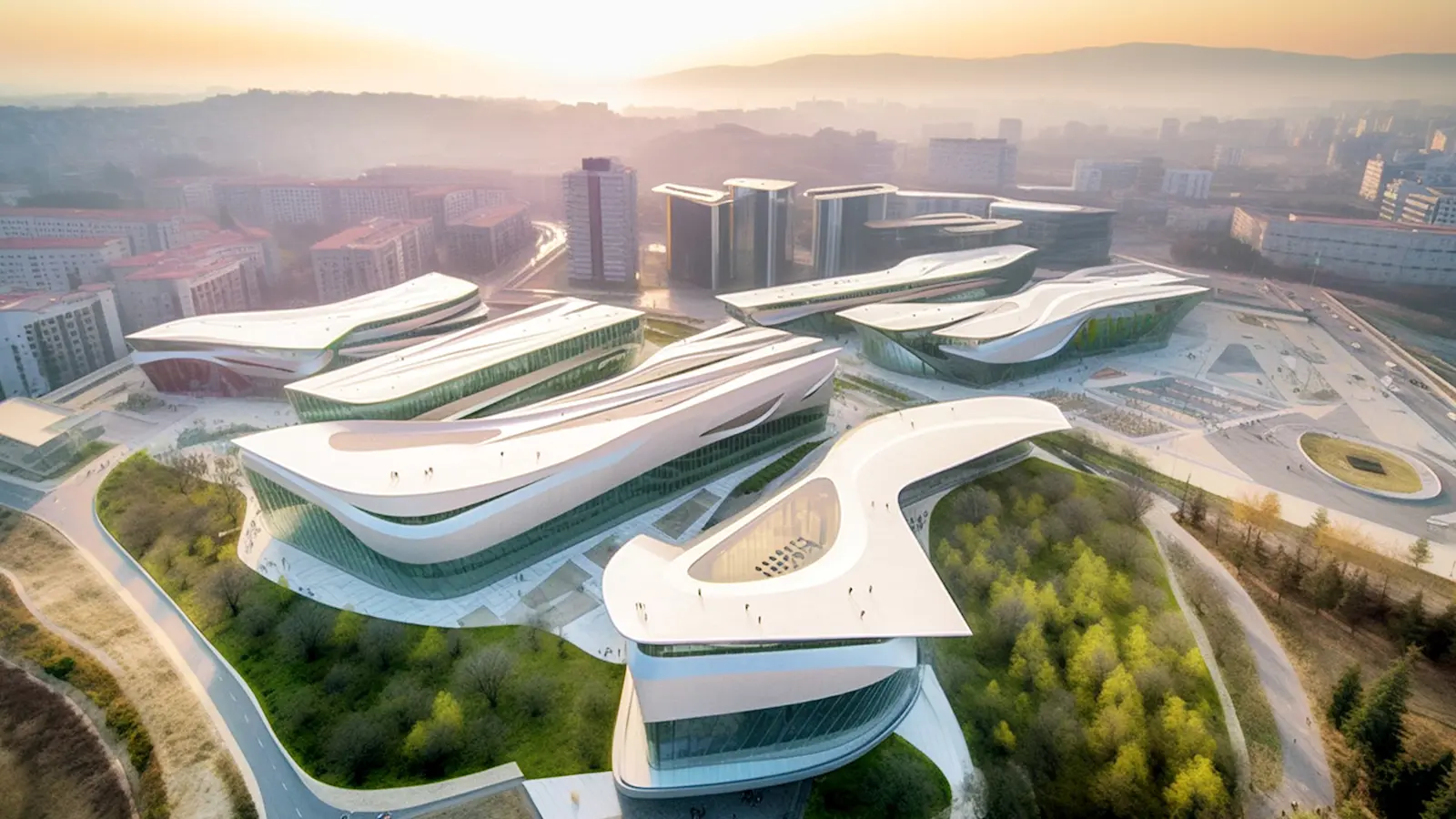Understanding Smart City Planning
Smart city planning encompasses the strategic approach to managing urban spaces using advanced technologies and innovative solutions aimed at enhancing the quality of life for residents. The concept of a smart city integrates information and communication technologies (ICT), Internet of Things (IoT) devices, and data analytics to optimize the efficiency of urban services, reduce environmental impact, and promote sustainable growth. As cities face unprecedented challenges due to rapid population growth, aging infrastructure, and changing climate patterns, effective urban planning has become paramount.
One of the critical challenges urban planners encounter is managing the intricate balance between infrastructure, public services, and environmental sustainability. Cities frequently grapple with inefficient traffic management, resource allocation, pollution control, and waste management, necessitating a paradigm shift toward intelligent planning solutions. Identifying sustainable practices that reduce carbon footprints while accommodating expanding urban populations requires innovative thinking and actionable data.
Data collection plays a central role in smart city planning, as analytics provide invaluable insights into residents’ needs and behaviors. Incorporating citizen engagement throughout the planning process not only bolsters public participation but also yields valuable feedback, fostering a sense of community ownership and accountability. Public policy development must also adapt to the rapid evolution of technology, ensuring that regulations align with the new standards of urban living while still safeguarding public interests.
By utilizing AI-driven tools, urban planners can harness real-time data, predictive modeling, and enhanced visualization capabilities, leading to informed decision-making processes. These smart city planning tools enable stakeholders to address the complexities of urban environments more efficiently, ensuring that sustainable and resilient urban landscapes are established for current and future generations. Embracing a comprehensive understanding of smart city concepts is crucial in preparing for the transformative possibilities that AI-driven tools promise to deliver in urban planning.
How AI and Data Analytics Transform Planning
The integration of artificial intelligence (AI) and data analytics into urban planning has revolutionized the methodologies employed by city planners. By utilizing vast quantities of big data, AI-driven smart city planning tools empower planners to make more informed decisions, thus enhancing urban living environments. These tools leverage machine learning algorithms to analyze traffic patterns, resource utilization, and environmental impacts, providing predictive insights that were previously unattainable.
For instance, AI can optimize traffic management by analyzing real-time data from various sources, including sensors and cameras. Machine learning models can predict congestion patterns and offer dynamic routing suggestions, significantly improving traffic flow and reducing emissions. This capability not only enhances mobility but also contributes to sustainable urban environments by minimizing air pollution and optimizing energy use.
Furthermore, resource allocation benefits immensely from AI technologies. By employing predictive analytics, city planners can forecast demand for public services such as waste management, water supply, and energy consumption. This foresight allows for optimal deployment of resources, ensuring that crucial services remain efficient and accessible, thereby promoting overall urban sustainability.
Additionally, numerous case studies exemplify the successful implementation of AI tools in urban planning. For example, cities like Barcelona and Singapore have adopted AI-based systems for enhanced urban management. Barcelona’s smart traffic lights utilize real-time data to adjust signal timings, resulting in smoother traffic flow and reduced waiting times. Similarly, Singapore employs AI techniques in their integrated transport system, which helps in auditing public transport usage and optimizing routes based on demand.
These innovations underscore the transformative power of AI in urban planning, as city planners harness advanced technologies to create responsive, efficient, and sustainable urban landscapes. By continuing to explore and expand the capabilities of AI-driven tools, cities can effectively address the challenges of urbanization while catering to the needs of their inhabitants.
Benefits of AI-Driven Smart City Planning Tools
The implementation of AI-driven smart city planning tools presents numerous advantages that can significantly enhance urban development. One of the most notable benefits is improved efficiency in resource management. By utilizing predictive analytics and data-driven insights, city planners can optimize infrastructure usage, reduce waste, and allocate resources more effectively. For instance, AI algorithms analyze data from various sensors and sources to forecast demand for public services, such as waste collection and energy consumption, thereby ensuring timely and cost-effective responses.
Another significant advantage is the enhanced engagement with local communities. AI-assisted tools facilitate better communication between urban planners and residents, allowing for more inclusive decision-making processes. By utilizing platforms that incorporate AI, city officials can gather feedback through surveys and community forums, ensuring that the voices of diverse demographics are heard and taken into account in the planning stages. This leads to a more community-oriented approach, fostering trust and transparency.
Furthermore, AI-driven planning tools can contribute to better environmental outcomes. By analyzing environmental data, city planners can identify pollution sources, monitor air quality, and assess the urban heat island effect. This analytical capability enables the development of targeted strategies for sustainability, such as optimizing green spaces and enhancing public transportation systems, ultimately leading to improved living conditions for residents.
Additionally, AI technologies equip cities with the capability to respond proactively to urban challenges. By leveraging real-time data and predictive modeling, city officials can anticipate issues like traffic congestion or public health crises, allowing for timely interventions. However, potential barriers to the adoption of these tools exist, including funding limitations, the need for advanced technology infrastructure, and public perception challenges. Addressing these obstacles will be essential for maximizing the benefits of AI-driven smart city planning tools in future urban development projects.
The Future of Urban Planning with AI
The integration of artificial intelligence (AI) into urban planning is poised to revolutionize how cities are designed, constructed, and operated. As we look to the future, emerging trends suggest an increasing reliance on AI-driven smart city planning tools. These innovations are expected to enhance efficiency and effectiveness in urban design, ensuring that cities can adapt to the growing demands of their populations and evolving environmental challenges.
One potential innovation on the horizon is the use of AI algorithms to analyze vast datasets, enabling planners to visualize urban growth patterns and predict future needs. This capability will allow for more accurate assessments of infrastructure, housing, and transportation requirements. Furthermore, machine learning models could simulate various design scenarios, helping city planners choose the most sustainable and beneficial options for communities. The capacity for real-time data analysis will also empower city officials to respond promptly to emerging issues, thus improving the resilience of urban environments.
Moreover, the future of urban planning with AI extends beyond technical advancements; it also encompasses increased citizen involvement. Through AI-driven platforms, residents can offer input and feedback on proposed developments. These tools can facilitate participatory design processes, ensuring that diverse voices are represented in the planning stages. By enhancing engagement, cities can foster a sense of ownership among residents, which can contribute to greater social cohesion and satisfaction.
However, the rise of AI in urban planning brings ethical considerations that must be addressed. Ensuring equitable access to smart city resources is paramount to avoid exacerbating existing inequalities. Planners must prioritize inclusivity, ensuring that marginalized communities are not left behind in the transition to AI-enhanced urban environments. By prioritizing ethical considerations alongside technological advancements, the integration of AI in urban planning can result in fairer and more sustainable cities for all.









